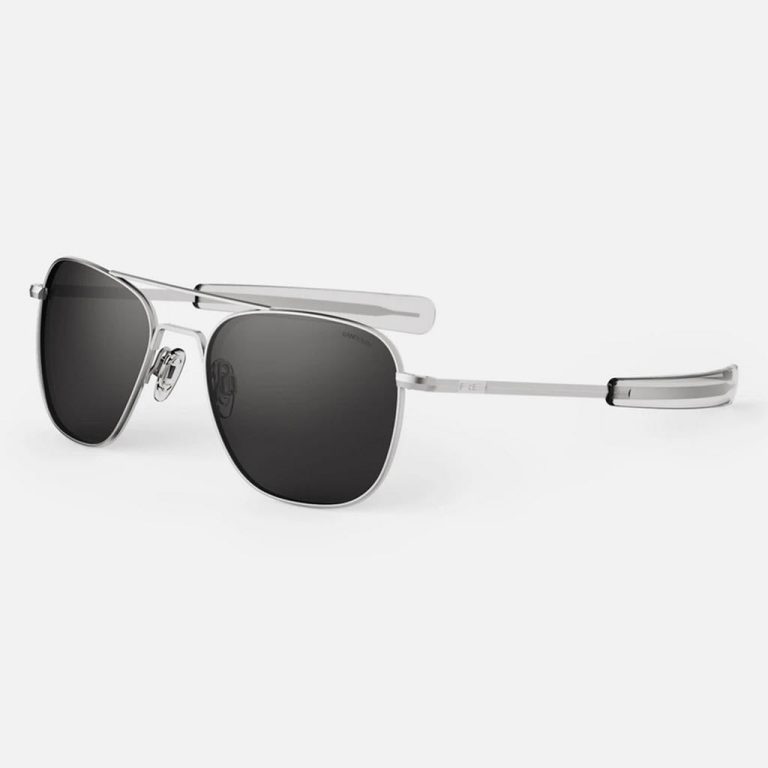When it comes to selecting military sunglasses, the right choice can significantly impact your performance and protection in various operational environments. Military sunglasses are designed to offer superior protection, durability, and functionality, but choosing the best pair for your needs requires careful consideration of several key factors. Here’s a guide to help you make an informed decision.
1. Determine Your Primary Use

Before diving into specific features, it’s essential to understand the primary use of your military sunglasses. Different scenarios require different attributes:
- Combat Situations: Look for maximum protection and durability.
- Training and General Duty: Comfort and basic protection are crucial.
- Specialized Missions: Consider additional features like ballistic resistance or specific lens technologies.
2. Lens Technology
The lenses are the most critical component of military sunglasses. Here are key aspects to consider:
UV Protection
- Ensure the sunglasses offer 100% UV protection to shield your eyes from harmful UVA and UVB rays.
Impact Resistance
- For high-risk environments, opt for polycarbonate lenses, which are known for their superior impact resistance.
Polarization
- Polarized lenses reduce glare from reflective surfaces, enhancing clarity and reducing eye strain.
Photochromic Lenses
- These lenses automatically adjust to changing light conditions, providing optimal vision in both bright and dim environments.
Anti-Fog Coating
- Anti-fog lenses are essential in humid or varying temperature conditions to maintain clear vision.
3. Frame Durability and Design
The frame of your sunglasses must withstand rigorous use and harsh conditions:
Material
- Choose frames made from durable materials like nylon or TR90, which are lightweight yet robust.
Fit and Comfort
- Look for ergonomic designs with adjustable nose pads and temple tips to ensure a secure and comfortable fit.
Wraparound Design
- A wraparound design offers additional protection from peripheral light and debris, crucial in dynamic environments.
4. Specialized Features
Depending on your specific needs, consider these additional features:
Interchangeable Lenses
- Sunglasses with interchangeable lenses offer versatility, allowing you to adapt to different lighting and weather conditions.
Ballistic Protection
- For combat situations, consider sunglasses that meet or exceed military ballistic standards for impact protection.
Prescription Lenses
- If you require vision correction, ensure your sunglasses can accommodate prescription lenses.
5. Brand and Certification
Choosing reputable brands known for their quality and adherence to military standards is vital:
Reputable Brands
- Brands like Oakley, Wiley X, and Smith Optics are renowned for their military-grade eyewear.
Certification
- Check for certifications such as ANSI Z87.1 or MIL-PRF-32432, which indicate that the sunglasses meet rigorous safety standards.
6. Budget Considerations
While it’s crucial to invest in quality, your budget will also play a role in your decision:
Cost vs. Value
- Higher-end models often come with advanced features and better durability, representing a worthwhile investment in critical situations.
Warranty and Support
- Consider the warranty and customer support offered by the manufacturer, which can be beneficial for long-term use.
7. User Reviews and Recommendations
Before making a final decision, research user reviews and seek recommendations from fellow military personnel to get insights into the performance and reliability of specific models.
Conclusion
Choosing the best military sunglasses for your needs involves a careful evaluation of lens technology, frame durability, specialized features, brand reputation, and budget. By understanding your primary use and considering these factors, you can select a pair of military sunglasses that offer optimal protection, functionality, and comfort. For a wide selection of high-quality military sunglasses, visit Aviator Sunglasses and find the perfect pair to meet your needs.




